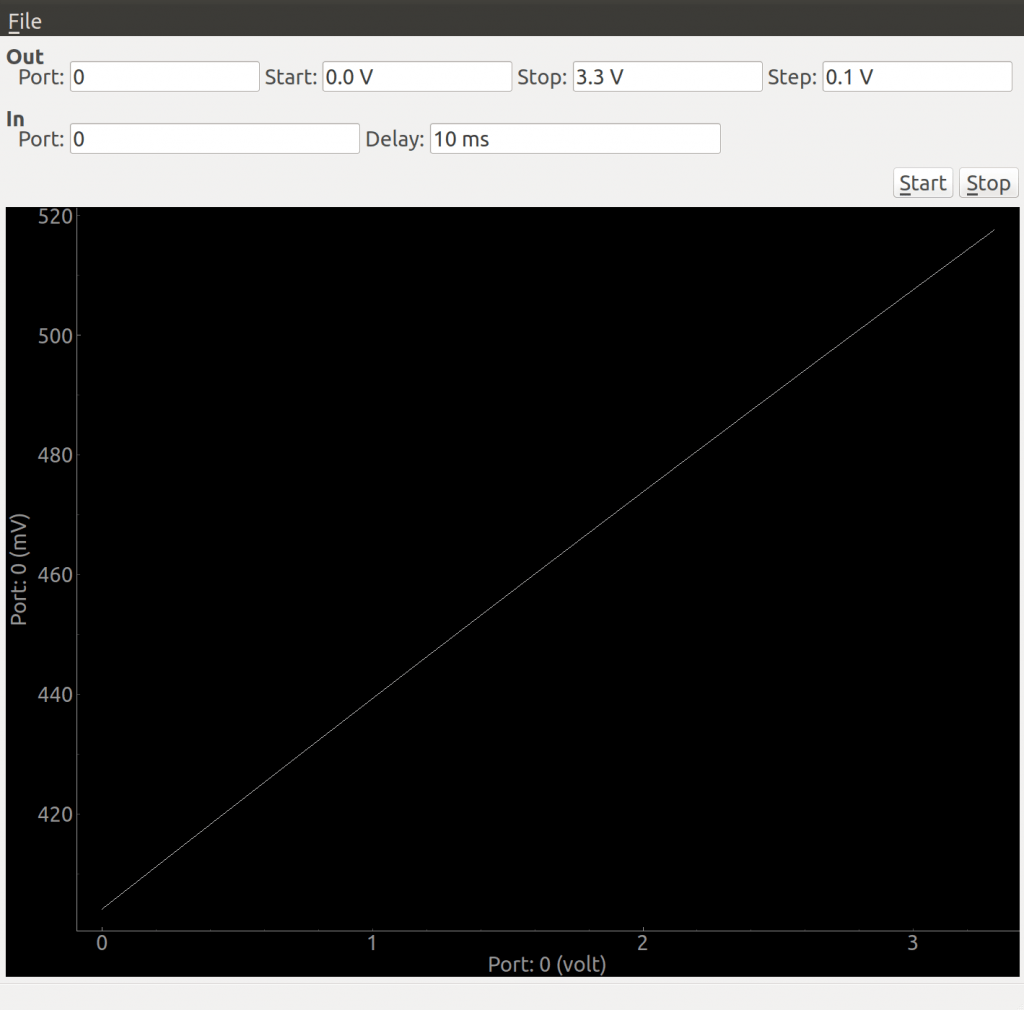My PhD
- Home
- My PhD Thesis
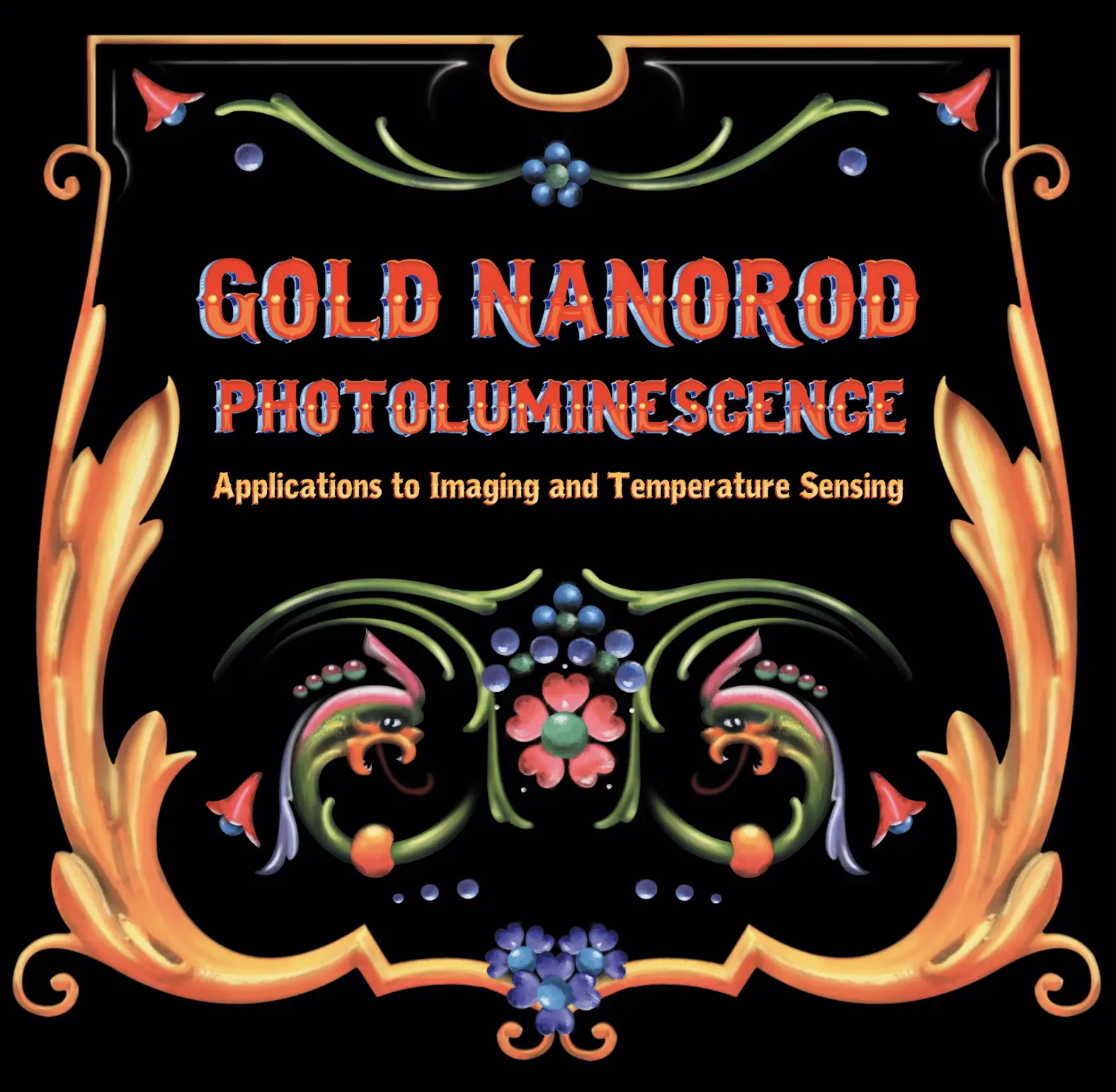
Exploring gold nanoparticles luminescence
I joined Michel Orrit’s lab in 2012 to do a Ph.D. as part of a 4-group collaboration together with groups of Biology, Biophysics, and Chemistry. The plan was to use gold nanoparticles as labels for tracking activity in the nucleus of the cell, specifically the nucleo-corticoid receptor.
Although the project derailed (it was too ambitious), I managed to put together four main topics of research. They were all focused on understanding and exploiting the properties of the light emission from gold nanorods when excited by a laser or white light.
The Four Pillars of the Thesis
- Temperature sensing with gold nanoparticles
- Background-free imaging of gold nanoparticles
- Tuning the light emission of gold nanorods
- Plasmon damping at different temperatures
Temperature measurement
Measuring temperature at the nanoscale is extremely challenging. I have exploited the anti-Stokes emission from gold nano-rods, which is a temperature-driven phenomenon.
By carefully fitting the emission spectra to a model, I was able to extract the local temperature with unprecedented accuracy and without the need to calibrate.
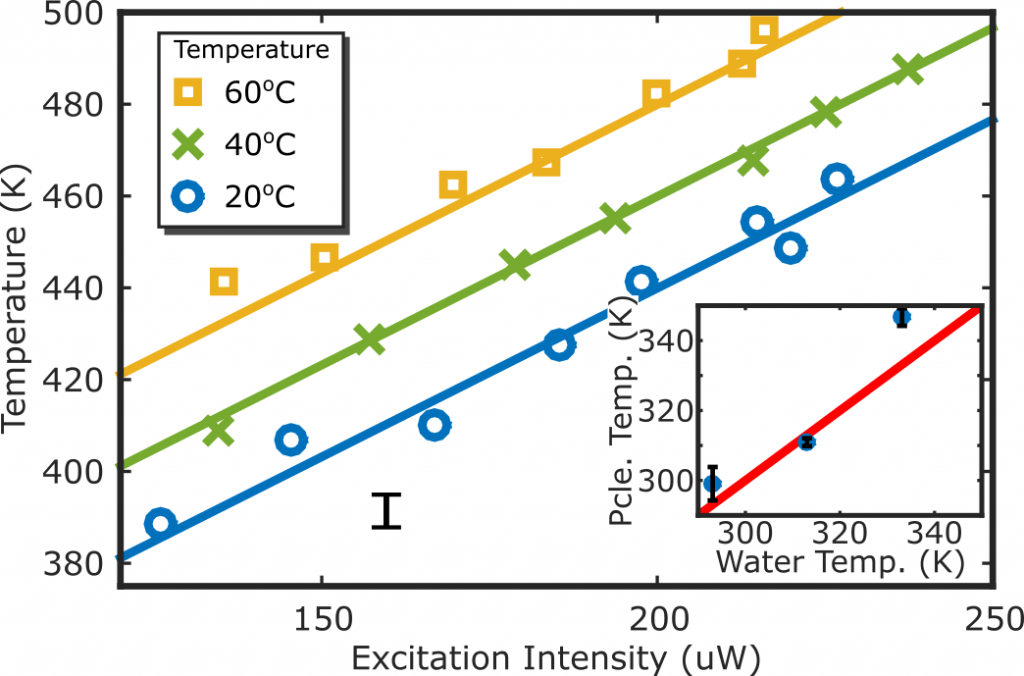
Background-free imaging
Gold nanoparticles are very promising as labeling agents because of their stability, but they are hard to image because they are not bright enough.
By using the anti-Stokes emission I have shown a practical approach at imaging particles while providing a very high background rejection.
Chemically tuning the light emission of gold nanorods
The emission spectrum of gold nanoparticles depends on their shape. Potassium cyanide is a known chemical used to etch gold. In this work I showed that the chemical reaction is isotropic, and therefore the sides react as much as the tips, even if geometrically they are more exposed.
I have confirmed my hypotheses by SEM, bulk UV-VIS spectorscopy and single-particle microscopy.
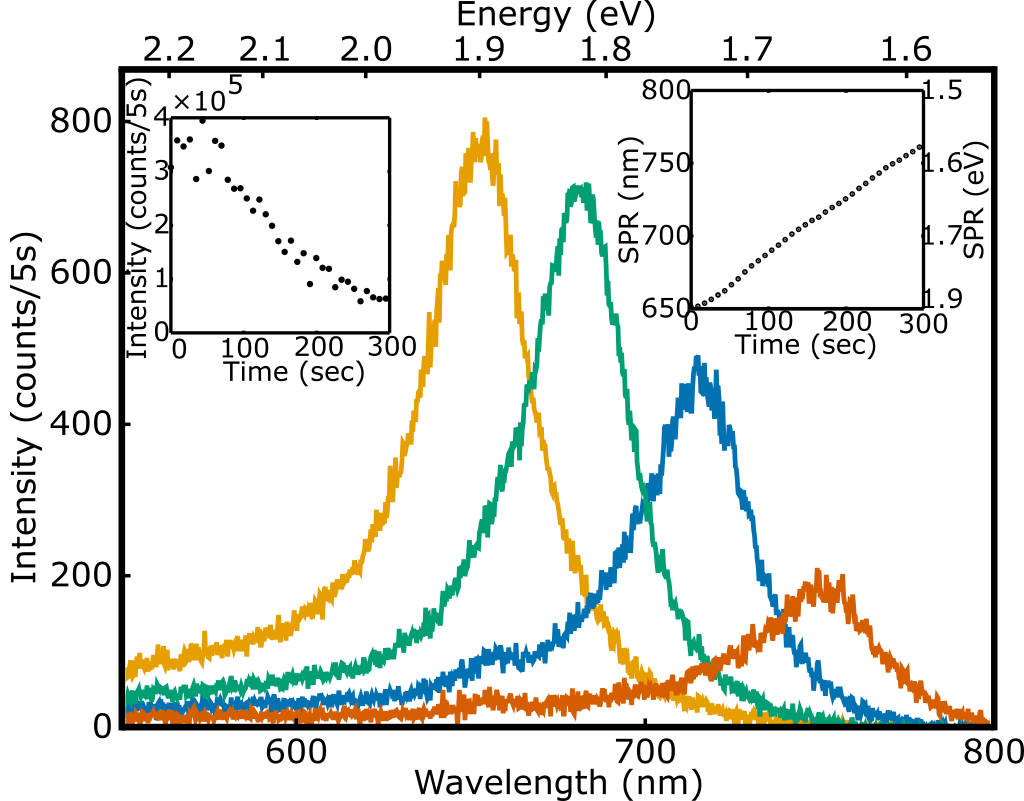
Plasmon damping at different temperatures
The plasmon spectrum of nanoparticles depend on the material itself but also on the medium that surrounds them. I have shown that the plasmon dampening depends on the temperature of the medium.
In combination with the anit-Stokes method, this provides a robust understanding of the processes involved to properly measure temperature at the nanoscale.
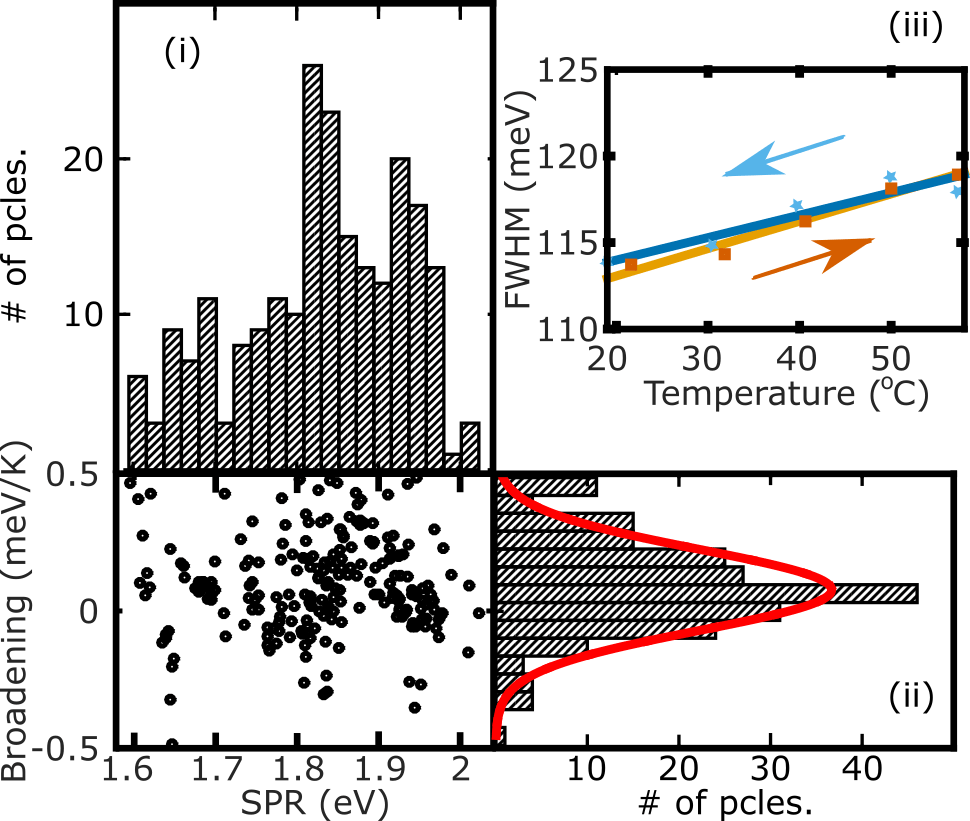
Software for automation
All the work in my thesis was possible because I had absolute control on the instrumentation software. Data was acquired automatically over night, or decisions could be made faster than what a person would have been able to.
I developed the software using Python and this is what lead me to build Python for the Lab after I finished my PhD.
